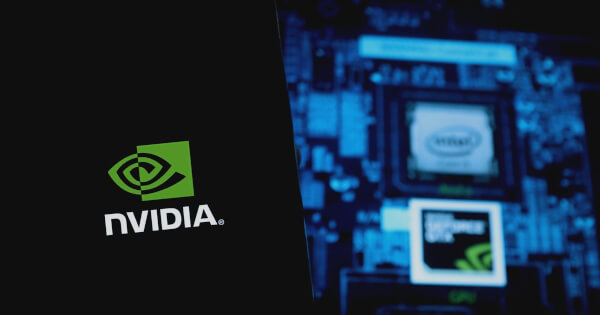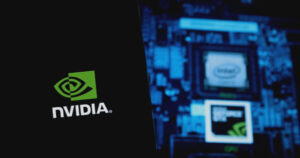Ted Hisokawa
Aug 31, 2024 00:55
Discover how NVIDIA’s RAPIDS AI is transforming predictive maintenance in manufacturing, reducing downtime and operational costs through advanced data analytics.

The International Society of Automation (ISA) reports that 5% of plant production is lost annually due to downtime, leading to approximately $647 billion in global losses for manufacturers across various industry segments. The key challenge lies in predicting maintenance needs to minimize downtime, reduce operational costs, and optimize maintenance schedules, as highlighted by the NVIDIA Technical Blog.
Empowering Predictive Maintenance with LatentView Analytics
LatentView Analytics, a pivotal player in the industry, supports multiple Desktop as a Service (DaaS) clients. With the DaaS sector valued at $3 billion and growing at a rate of 12% annually, predictive maintenance poses unique challenges. LatentView has developed PULSE, an innovative predictive maintenance solution that harnesses IoT-enabled assets and cutting-edge analytics to deliver real-time insights, significantly mitigating unplanned downtime and maintenance expenses.
Advancing Maintenance Strategies: The Remaining Useful Life Use Case
A leading computing device manufacturer enlisted LatentView’s expertise to implement preventive maintenance for millions of leased devices. By forecasting the remaining useful life (RUL) of each machine, the predictive maintenance model aimed to diminish customer churn and boost profitability. This model aggregated data from essential thermal, battery, fan, disk, and CPU sensors, applying a forecasting model to predict machine failure and recommend timely repairs or replacements.
Tackling Challenges with NVIDIA RAPIDS: An Accelerated Solution
LatentView encountered challenges during their initial proof-of-concept, including computational bottlenecks and lengthy processing times due to the vast volume of data. To address these obstacles, LatentView integrated NVIDIA RAPIDS into their PULSE platform. RAPIDS provides accelerated data pipelines, operates on a familiar platform for data scientists, and efficiently handles sparse and noisy sensor data.
Enhancing Operational Efficiency with RAPIDS
By leveraging GPU acceleration, RAPIDS parallelizes workloads, reducing CPU infrastructure burden, and resulting in cost savings and improved performance.
Seamless Integration in Familiar Platforms
RAPIDS employs packages similar to popular Python libraries, enabling data scientists to accelerate development without acquiring new skills.
Adaptability to Dynamic Conditions
GPU acceleration enables the model to adapt to evolving patterns and additional training data, ensuring robustness and responsiveness to changing operational conditions.
Optimizing Data Processing for Accurate Models
RAPIDS significantly boosts data preprocessing speed, effectively addressing missing values, noise, and irregularities in data collection, paving the way for precise predictive models.
Revolutionizing Performance: CPU vs. RAPIDS Comparison
LatentView conducted a performance benchmark to compare their CPU-only model with RAPIDS on GPUs, showcasing remarkable speedups in data preparation, feature engineering, and group-by operations, achieving up to 639x improvements in specific tasks.
Future Deployments and Impact
The successful integration of RAPIDS into the PULSE platform has yielded promising results for LatentView’s clients. The solution is currently in the proof-of-concept stage and is set for full deployment by Q4 2024. LatentView plans to leverage RAPIDS for future modeling projects in their manufacturing portfolio, solidifying their position as a leader in predictive maintenance innovation.
Image source: Shutterstock

